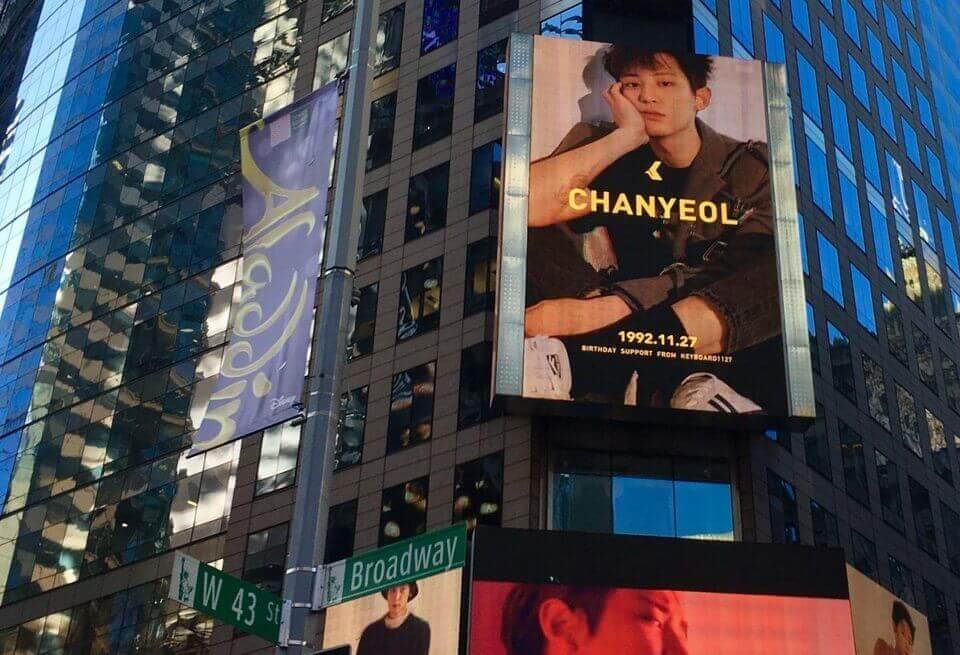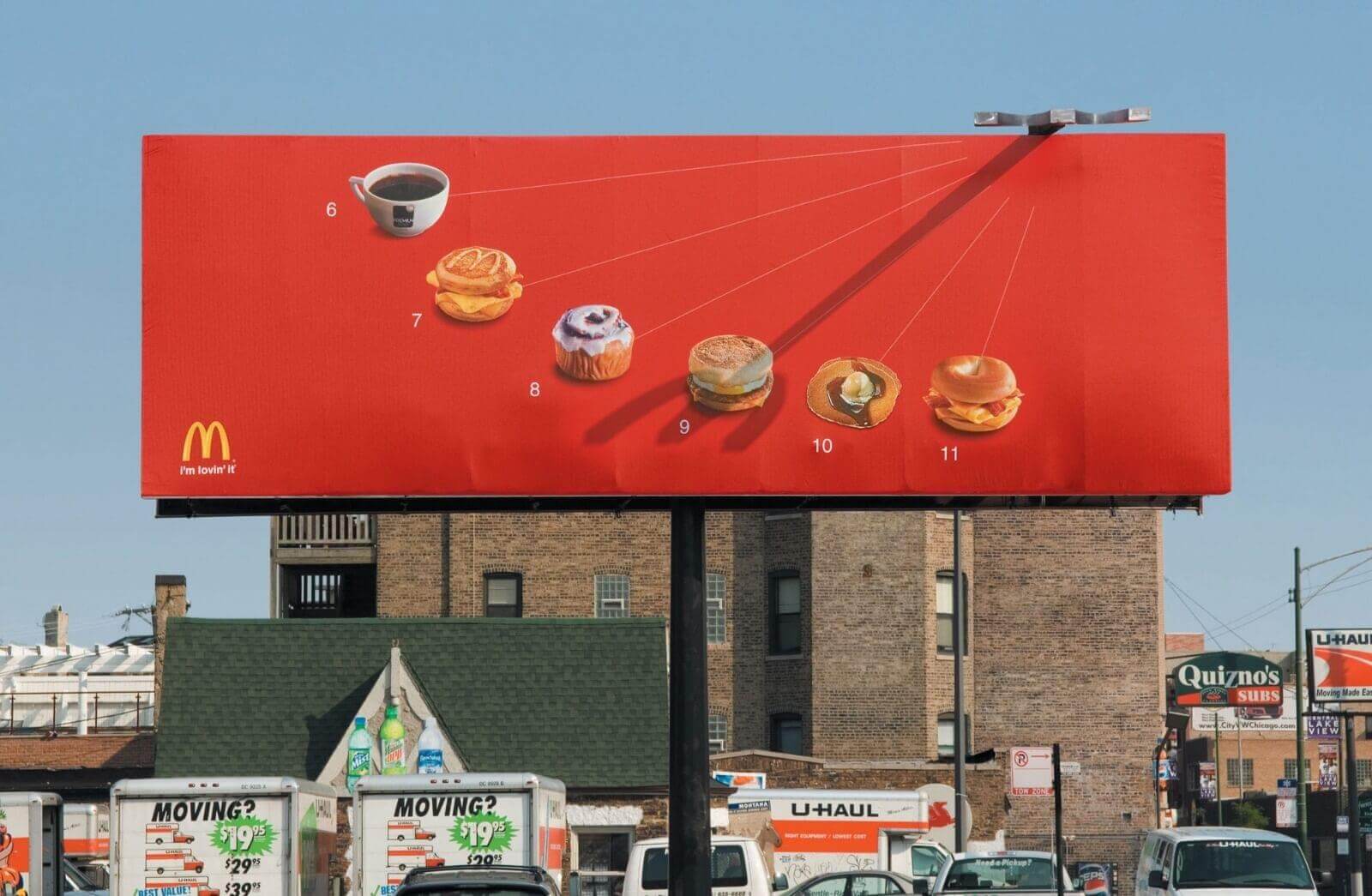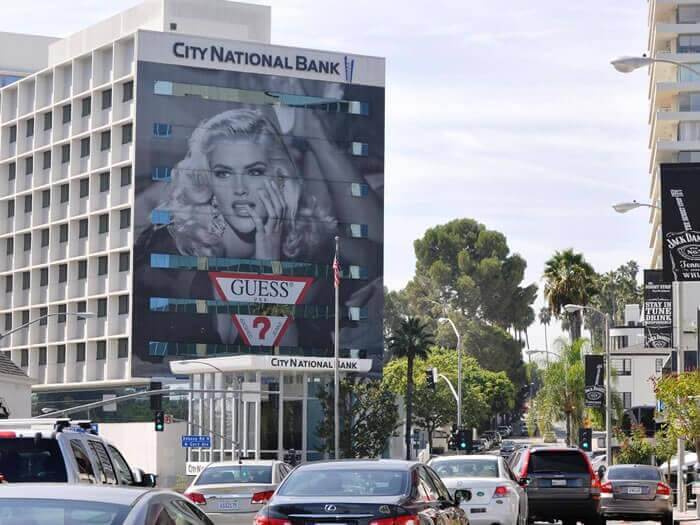
There are plenty of advertising mediums going strong in the world that, often, it’s hard to decide which one to choose from for an upcoming campaign, product launch, or brand awareness penetration. It can be confusing, especially when you are new in the business. You have to decide what is right for you and your target audience as well. Depending on the product advertised, you will find the right advertising platform. How many impressions do you want in a day? A week? What is your budget? How long is the ad running? There are many more questions you need to answer before making a decision.
Right now, we’re going to talk about the process of billboard advertising, and what the aligned costs would look like. Cost is the most significant factor when determining the longevity and success of an advertisement. With a well thought-out marketing strategy in place, a billboard advertisement can be remembered years after it was taken down. Format, circulation, demographics, and impressions impact the cost of a billboard ad. These are factors that we will get into in the next paragraph. Billboards definitely range in pricing depending on a slew of characteristics, but they can easily be broken down into terms more convenient to understand.
Format, Circulation, Demographics, and Impressions
In order to calculate a billboard ad’s cost, you’d need to unpack some of the primary characteristics that make up a billboard’s performance.
Format has to do with the physical board the advertisement is taking place on. Whether that be a static billboard or a digital screen, the billboard ad price will be very different. In rural areas, physical billboards cost an average of $250 per month. In smaller to midsize cities, they’ll run you around $1500-4000/month. In larger markets and greater cities, the costs could be $14,000+. When it comes to digital format billboards, because of their more modern qualities and tech installs, they usually cost around $1500-15,000+ depending on the location its placed in. Digital formats offer screen rotations, live video, and bright graphics that static billboard format lacks.
Circulation refers to the total volume of traffic that passes the billboard at hand, and is calculated by transportation authorities in the given area. Circulation, however, doesn’t take into consideration whether or not a passerby saw the ad in the first place. It’s just about traffic in the location.
Demographics have to do with the age, gender, and income level of people who are typically passing by the billboard ad. Higher income level areas and people living in them will see billboards that cost much more.
Impressions are the estimated number of people who will actually see the billboard ad based on characteristics such as visibility and speed at which they’re passing it. This is calculated through the circulation and the location of the billboard ad.
Visibility and Location of Billboard Affecting the Cost
The cost per thousand impressions (CPM) determines the true cost of a billboard ad. This is impacted by the circulation, location, and impressions received from the billboard. These factors made up the billboard’s OOH ranking no matter if it’s a physical vinyl or digital screen billboards. The OOH ranking of a billboard ad is usually traced by Geopath, which is an audience location measurement tool that provides quality insights and market research innovation that effectively determines the performance of a billboard.
Location significantly affects the cost of a billboard ad. For example, billboards placed on the same side of traffic will get more attention that billboards placed on quieter roads. This will undoubtedly make the traffic-centred billboard the more expensive option. A location’s popularity will directly impact the billboard’s cost. For another example, it’s always going to be more expensive to rent billboard space on Interstate Highways in the U.S. than it will be to rent a billboard in a smaller suburb off the main roads. The average cost of a billboard placed in the outskirts will be around $250-750 compared to billboards placed in major cities and busy roads which can cost up to $1 million per year. Areas like Times Square in New York City are known to price at the latter.
Equally as important as location, visibility is another key factor in billboard pricing. Usually, the closer the billboard sits to the road the more it will cost. The proximity of a billboard to the road where drivers, passengers, and pedestrians are more able to clearly see it will affect the billboard’s cost in the long run. But, it will be worth it. An advertisement is only memorable when it meets the vision of the consumer.
Additional Costs- Design and Construction
The cost of designing an ad, both digital and physical, and the cost of building a physical billboard influence the price of billboard advertising. The production of billboards depend heavily on format and construction, but usually range from $300-500 for a standard vinyl board. A design firm hire can cost anywhere from $150-1000 depending on the style and graphic element of the advertisement.
The standard material used to construct physical billboards is vinyl due to its weather resistant nature. In general, production costs of vinyl ads are about 50 cents per square foot used. Printing an advertisement on vinyl for a 14 x 48 foot billboard requires about 700 square feet of material and will cost around $300-500, as mentioned earlier.
Physical billboards are a lot less expensive than digital billboards because they’re not susceptible to glitches, power outages, technological problems, and don’t require LED lighting which is an added cost. Smaller businesses can excel using leased static billboard space as a means of promoting their business. They don’t need to get all fancy to win over the eyes and minds of consumers onlooking. However, digital billboards can be more targeted by showing different ads at specific times in the same billboard spot. They’re also moving images, which can intrigue consumers more so than a stagnant ad. And, digital billboards are very flexible as you can make changes to the ad electronically at no extra cost. No extra vinyl would need to be printed which is an added cost.
After looking at how format, circulation, demographics, impressions, visibility, location, design, and construction all impact the cost of billboard ads, it’s clear to see there’s never one set cost that will hover over an effective billboard. However, when examining the differences between physical static and digital billboards, it’s easy to point out that the digital option will cost a business more bucks.
For more information on how much it would cost to rent a specific billboard, as well as sizing indications, read our other article: http://info.haulerads.com/moving-billboard-blog/how-much-does-a-billboard-cost-to-rent





